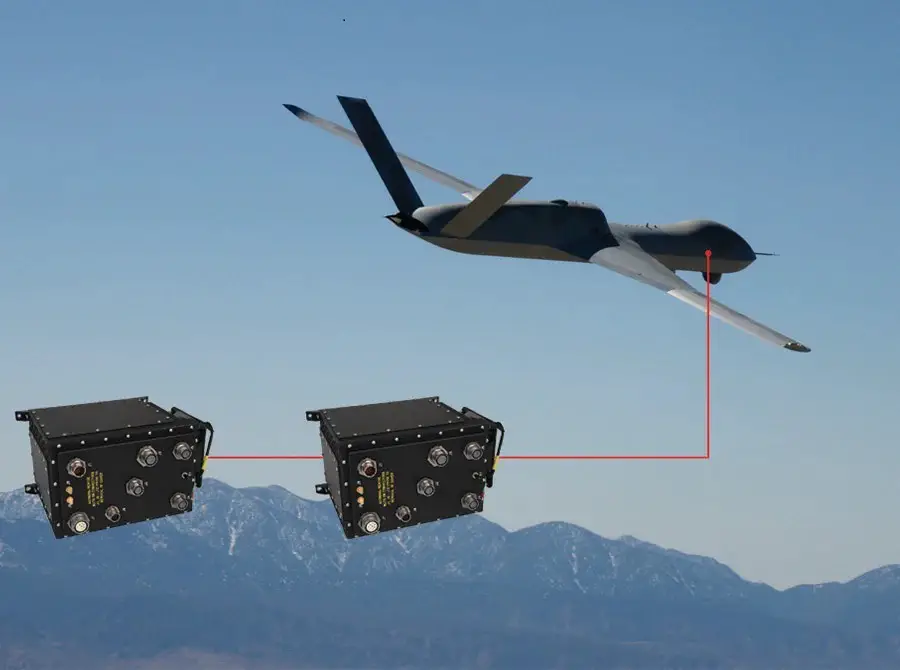L3Harris Technologies and industry partners illustrated the significant advantages of a truly modular open systems approach (MOSA) during a successful live demonstration of commercial space internet integrated into the company’s Rapidly Adaptable Standards-compliant Open Radio (RASOR™). The demonstration showcased a cross-industry deployment of military grade low-Earth orbit satellite communications, illustrating a MOSA solution available today that positions the Department of Defense for next-generation fights in a revolutionary way. During the April 2023 event conducted by General Atomics Aeronautical Systems, Inc. (GA-ASI), L3Harris deployed two RASOR multifunctional processors to support Beyond-Line-Of-Sight command-and-control and data-movement capabilities. One processer housed the transceiver card and the other controlled a BLOS active electronically scanned array.
“The successful demonstration illustrates our commitment to enabling commercial space internet capabilities for the United States and its allies on unmanned platforms. Our goal is to extend this type of connection for all collaborative combat aircraft and other autonomous collaborative platforms around the globe, utilizing LEO satellites. RASOR is – and will continue to – lead the resilient and advanced capability needs of our customer’s missions,” said Ron Fehlen, L3Harris vice president and general manager of Air Force programs.

With intent to shorten development timelines and reduce costs, DOD’s MOSA strategy aims to ensure warfighters are mission-ready across air, land, sea and space. The new RASOR solution is Size, Weight and Power-adaptable, meeting specific platform needs and establishing new data pathways to provide warfighters with assured access to information. This specific demonstration was intentional in highlighting RASOR’s applicability for U.S. Air Force manned and unmanned platforms, primarily Collaborative Combat Applications (CCA). Additional focus areas for RASOR are the U.S. Army’s Command, Control, Computers, Communications, Cyber, Intelligence, Surveillance and Reconnaissance Modular Open Systems Standards Mounted Form Factor (CMFF) program and the U.S. Navy’s Landing Autonomous Navigation Technology for Enhanced Recovery to Navy Ship (LANTERNS) program.
The RASOR chassis, known as RARE™ (Rapidly Adaptable Ruggedized Enclosure), brings a highly innovative additive manufacturing approach leveraging various advanced-manufacturing technologies. RARE can scale from three to 12 slots with customized modules, which include L3Harris-proprietary technology as well as third-party solutions. The individual modules provide a wide breadth of cross-domain capabilities with multi-level security, from resilient line-of-sight and beyond-line-of-sight communications to Intelligence, Surveillance and Reconnaissance, Command and Control, Assured Positioning, Navigation and Timing and Electronic Warfare. The successful flight demonstration with GA-ASI follows a series of similar military-industry tests incorporating RASOR across domains, including events with the U.S. Air Force and Air Force Research Laboratory.















